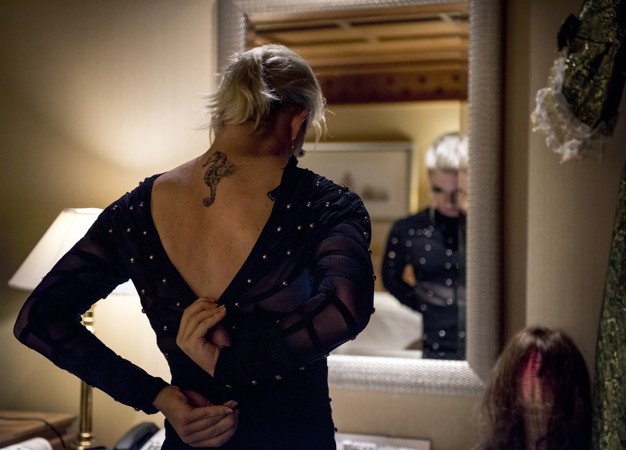With 43% of Brits admitting they cannot resist the charms of a ‘bad’ boy or girl, there is no doubt we have a soft spot for dating villains. To find out what makes ‘bad’ characters so attractive and why we want to date them, Lovehoney has surveyed 2,000 Brits.
Lovehoney has also partnered with sex expert Ness Cooper and relationship expert Callisto Adams to uncover the psychology behind our attraction to ‘bad’ partners and how to choose a healthier relationship.
Over 40% of Brits have dated a ‘bad’ boy/girl
Lovehoney’s study found that many Brits (43%) have succumbed to the allure of a ‘bad’ boy or girl. Women (49%) are more likely to have a soft spot for dating this stereotype than men (35%).
Mancunians have the most incredible soft spot for a ‘bad’ boy/girl
Lovehoney’s research found that residents of Manchester are the most likely to date a ‘bad’ character. Nearly half of Mancunians have dated a ‘bad’ boy or girl. People in Norwich and Leeds followed closely behind, with 47% admitting they too have been caught up in a romance with one of these stereotypes.
Confidence and passion are the most attractive traits of ‘bad’ boys and girls
The study revealed that both men and women find confidence (35%), passion (28%) and adventurousness (25%) the most attractive common traits of ‘bad’ boys and girls.
However, analysis of responses among varying age groups revealed differences in Brits definition of a ‘bad’ boy/girl.
Brits aged between 35-44 (23%) and over 55 (24%) find a free-spirited partner to be the most attractive ‘bad’ boy/girl. However, the generation beneath this is more likely to be attracted to a sexually dominant ‘bad’ partner. For example, 26% of Brits aged 18 to 24 find being dominated in the bedroom desirable.
Almost one in six Brits believe sex with a ‘bad’ boy or girl is more passionate
Almost one in six men and women (15%) admitted that they were more turned on by a ‘bad’ boy or girl than any other partner. The exact number of participants (15%) also admitted to having more passionate sexual experiences with a ‘bad’ boy or girl than in other relationships.
Men, in particular, found these relationships to be more sexually adventurous (16%), enabling them to experiment with and explore kinks like bondage and sex toys.
Why do we date ‘bad’ boys/girls?
Clinical sexologist Ness Cooper explains some reasons behind our attraction to ‘bad’ boys or girls.
They present a false identity
When we enter a relationship, it’s common to live in a bit of a fantasy where it takes time for each other’s true selves to surface. This means we can be dating what now seems to be the ‘wrong person for a while until we have fully got to know them.
Sometimes, the true self of the person we’re dating is so different from the fantasy we saw that it could be quite a shock when we realise that they’re wrong for us.
Your attachment style
When we find someone who positively fits our attachment type, we can form a healthy symbiosis, and our internal world beliefs support each other. However, when our attachment types include together negatively, we can create an unhealthy relationship where our pessimistic traits fuel each other to the surface.
You’re following generational patterns
Most people will have learned how they should and shouldn’t act in a relationship. However, sometimes it can take time to break harmful scripts, so for example, if one of your parents always falls for the wrong person, it may be that you learned your dating script from them and need to change those habits.




























